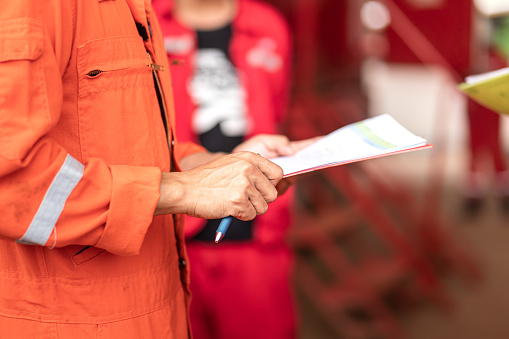Importance of Communication during the Commissioning Phase
It is the
responsibility of the commissioning authority to make sure that all building
systems perform optimally while meeting the functional and operational
requirements of the owner. Dozens of technical skills are involved in the
process. However, there is one soft skill, which is equally important, when it
is about the commissioning process. Yes, we are talking about “communication”!
Typically, global commissioning
companies begin by setting expectations and explaining their role. The initial
commissioning meetings should be held during the design and construction phases,
involving a representative from every party.
Keep reading
to know what the commissioning authority needs from the team during the construction
phase and what the standards for communication should look like. Also,
understand what actions a commissioning authority should take in order to being
a resource – and not a burden – to the team.
Effective Use of Emails
You may think
that emails make it easier for a team to maintain communication. But, is it so?!
Note that commissioning is not always on the top of minds of project managers,
but they are responsible for all types of outgoing and incoming communications.
Countless emails –comprising key information pertaining to commissioning – are
exchanged between project managers and the design team without the inclusion of
the commissioning authority. Ignoring the commissioning authority in such important
discussions not only lowers the value to the project owner, but it can also
degrade the value of the whole commissioning process and may even result in missed
opportunities.
For instance,
the commissioning authority arrived on the site on any given day and found that
two exhaust fans were already installed, but in an incorrect manner. Allowing the
fans to operate as installed might result in loss in operational efficiency in
the long run as well as lead to annoying adjustments to the fan’s variable
frequency drives. The project managers and the design team would also insist
that their installation was proper. This means, had the commissioning authority
been alerted about the installation well in advance, the issue and its consequences
would have been averted.
Project teams
often use electronic project information management tools to monitor and
maintain records and documentation. Many people, these days, rely on advanced commissioning software to
get this job done. This is particularly beneficial in reviewing the majority of
RFIs, drawings and submittals. However, it still cannot replace a courtesy call
or a time-sensitive email to the commissioning authority to inform them about
any early equipment installation or air handler equipment start-ups.
Be Available & Connected
The
commissioning authority should expect enough emails and other forms of communication
from the other team members working on the project, but it is their personal responsibility
to have regular updates on the project and interact directly with the project
managers and team members throughout the construction phase.
This can
easily be done by sending emails and making friendly calls, being actively involved
in construction-specific meetings, and visiting the site to meet with the
installation team members on whom they depend for resolving deficiencies.
Earning the respect
and trust of these hard-working professionals can be time-consuming. Showing
interest in what they do, giving positive feedback to them on outstanding
installations and giving solid handshakes with direct eye contact help build good
rapport while facilitating cooperation and strengthening the willingness to
work together. A box of chocolate or cookies for the project site is never a
bad idea, either.
On-Site Conversation
With the installation
of duct-work, piping and other mechanical equipment is complete, the
commissioning authority requires more time to spend on site. Site visits are a
great way to connect and reconnect with the installation team members, verify
their installation-specific schedules and gather their views on how the project
is progressing.
You can also
consider having informal one-on-one meetings with the project managers of mechanical
and construction teams. Use this time to discuss the equipment you reviewed,
and any deficiencies identified and how to resolve them – as well as to provide
the formal site visit documentation.




Comments
Post a Comment